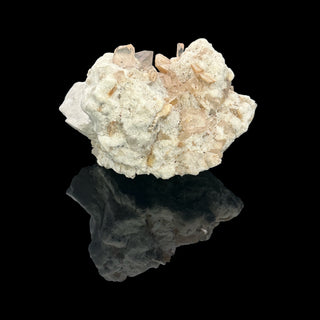
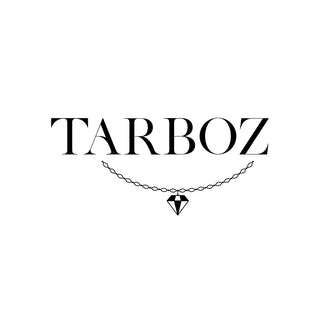
The World of Topaz
Buy topaz at Tarboz
First of all: Are you looking for a relatively inexpensive yet beautiful gemstone? Then a topaz from Tarboz is a good choice! Topazes are quite common and therefore available at a relatively low price. Nevertheless, they are very popular as gemstones. One exception is blue topaz, also known as precious topaz. Blue topaz is relatively rare in nature and is therefore very valuable. Orange topazes, also known as "imperial topaz" or "king topaz," are also quite rare. You can buy topaz and other gemstones at Tarboz.
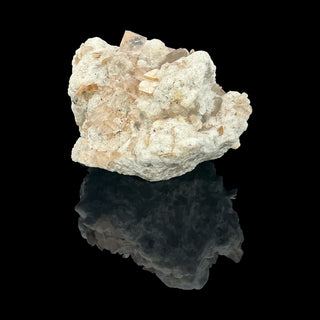

The name Topaz
The Roman naturalist Pliny the Elder first used the term topaz. He likely derived the name from the island of Topazos, by which he likely meant present-day St. John's Island in the Red Sea . However, olivine, rather than topaz, was mined there. For a long time, the two stones were confused. Another explanation goes back to the Sanskrit word "tapas," which can be translated as "fire" or "shine." Today, the mineral is also known as the "Finder's Diamond," "Killiecrankie Diamond," "Mogok Diamond," "Saxon Diamond," or "Slave Diamond."
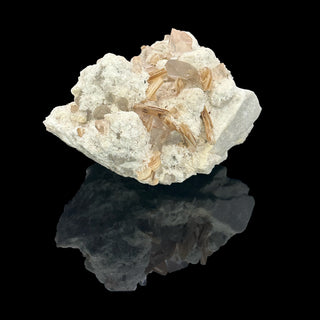

What color is topaz?
The mineral's color variety is huge, but the crystal often acquires its color through treatment. Colors range from white to red to blue or green. Some of these gemstones are even bicolored or display a different color depending on the viewing angle. At their best, the gemstone is completely pure and radiates a unique radiance. Special names like London Blue or Sky Blue are often used. Depending on the color, it is also referred to as sea topaz or cherry topaz. White topaz is considered a more simple variety. Blue topaz is very rare.
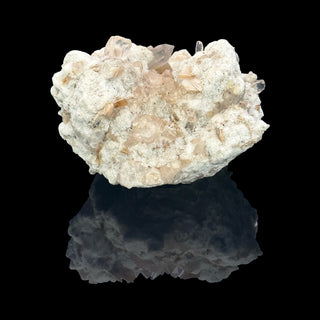

The history of topaz
The history of the mineral goes back a long way. The stone is mentioned even in the Bible. The mineral has certainly been known for over 2,000 years and, according to legend, originated on the island in the Red Sea described by Pliny the Elder. Pirates are said to have discovered the gemstone there and named it "Topazos." The name therefore means something like "sought and found."
Topaz locations
The mineral is often found where other gemstones such as beryl and minerals from the tourmaline group also occur. It also appears in igneous rock such as granite. Large deposits are found in Brazil, particularly in Minas Gerais, where very large crystals have been mined. In this country, wine-yellow topazes are found in the Vogtland region of Saxony. This is where the gemstones that were used in the English crown and in the jewelry of Augustus the Strong came from. The latter can now be seen in the Green Vault in Dresden. The mineral has also been found in Afghanistan, Algeria, the USA and many other countries around the world. The stone can even be found in Antarctica! In Saxony, the 23-meter-high Schneckenstein rock is particularly known for its topaz gemstone. The rock is located in the Vogtland region.
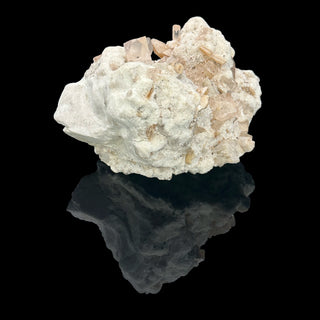
Myth of Topaz

In ancient times, the topaz gemstone was associated with Jupiter and was considered a symbol of power . Rulers were believed to gain wisdom for their office through the stone. In earlier times, topaz was known as chrysolite and was considered a healing stone. The gemstone is said to form in the ninth hour after sunrise and is very vital due to the moisture and heat of the sun. Furthermore, its color is said to protect the wearer from curses and warn against poisoned food by changing color. The Egyptians saw the stone as a symbol of the sun god Ra, and topaz was also known in Hinduism and among African tribes. The latter also used the stone in healing rituals.
Topaz and esotericism
Hildegard von Bingen already referred to the mineral's healing properties, especially for fever, heart problems, and stomach ailments. We can't medically prove this, but we're inclined to believe that the gemstone promotes a contented and happy emotional life. Furthermore, the gemstone is said to contribute to greater success, recognition, and relaxation.
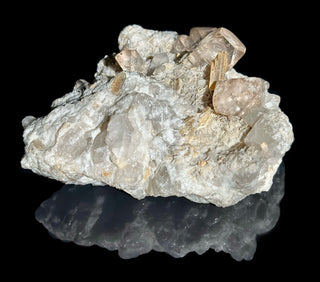
Chemistry of Topaz

Chemically, the mineral is a so-called island silicate , consisting of fluorite and hydroxide ions, among other elements. If fluorine is missing, it may be a synthetic variant. The raw stone usually produces quite large, well-formed crystals with a glass-like shine on the surface.
A pure topaz gemstone is colorless and transparent. Depending on the refraction of light, the stone can also appear white due to lattice defects. When other minerals are mixed in, topazes can appear yellow, pink, violet, light green, or blue. These, however, are less transparent. The Mohs hardness is 8, making topaz a very hard gemstone . By comparison, the Mohs hardness of diamonds is 10.
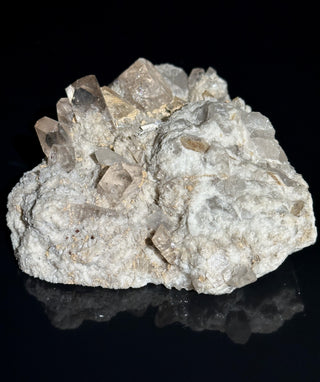

Beware of confusion!
For a long time the mineral was confused with olivine , and sometimes even with diamonds. In 1740 topaz was even set into Portuguese crowns because people thought it was the Braganza diamond. To get color out of topaz, it is treated with things like gamma or electric rays. This type of irradiation is commonly used to make it blue or brown. Red stones are created by heating. Mystic topaz and Indian summer topaz are also only created through this type of treatment. Madeira and smoky topaz are not true topaz minerals. Madeira topaz is citrine, and smoky topaz is actually a yellow-fired amethyst.
The largest topaz in the world
The mineral is known for its extremely large crystals. A length of over one meter and a weight of up to 2.5 tons are not uncommon. The largest specimen is said to weigh 2,500 kg and was found in Mozambique. The Smithsonian Institution has two uncut crystals on display, weighing 31.8 kg and 50 kg, respectively. Topazes from Brazil are particularly sought after on the market and are available in many variations.
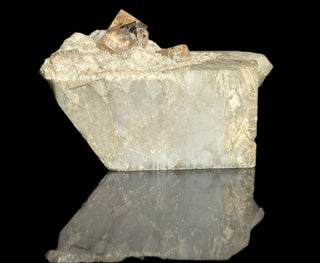

Topaz care
Topaz crystals are quite difficult to work with . This is due, among other things, to their extreme cleavage. If the stone is set carelessly or exposed to rapid temperature changes, cracks or fissures can quickly develop. Ultrasonic baths are also not recommended, especially for stones with numerous inclusions. Some topazes lose their color when exposed to strong light. Furthermore, some of these stones cannot be recut or polished.
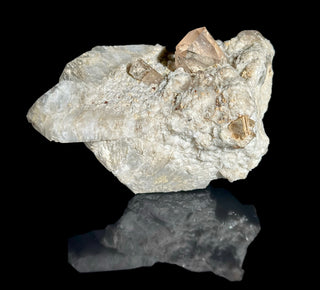

Topaz jewelry
The precious blue topaz, in particular, is sought after for special jewelry pieces. However, it is very rare in nature. In 1969, quite a few stones were discovered in Texas. Since then, blue topaz has been the state's state gemstone. White topaz is also used to create stunning necklaces and rings. Often, precious jewelry pieces are created that only a diamond can rival. Even those looking for more extravagant pieces of jewelry will find topaz the perfect choice! Yellow topaz, for example, can be used to create beautiful gemstone pendants. At Tarboz, you'll find topaz and other gemstones for sale!
